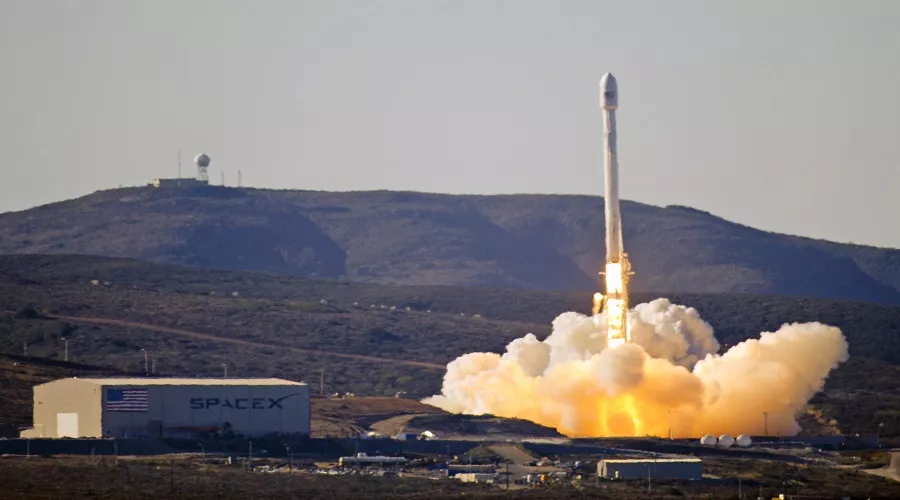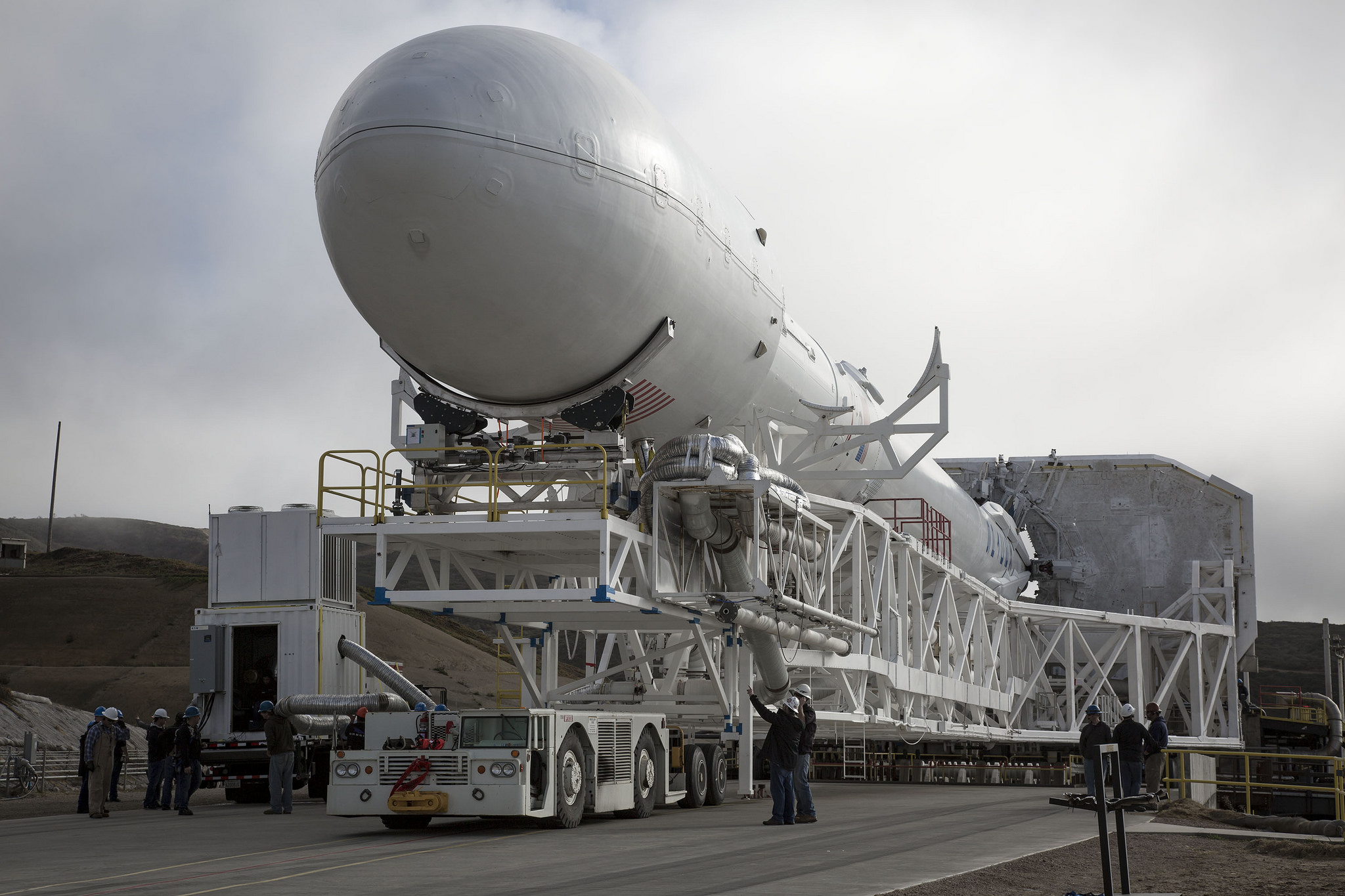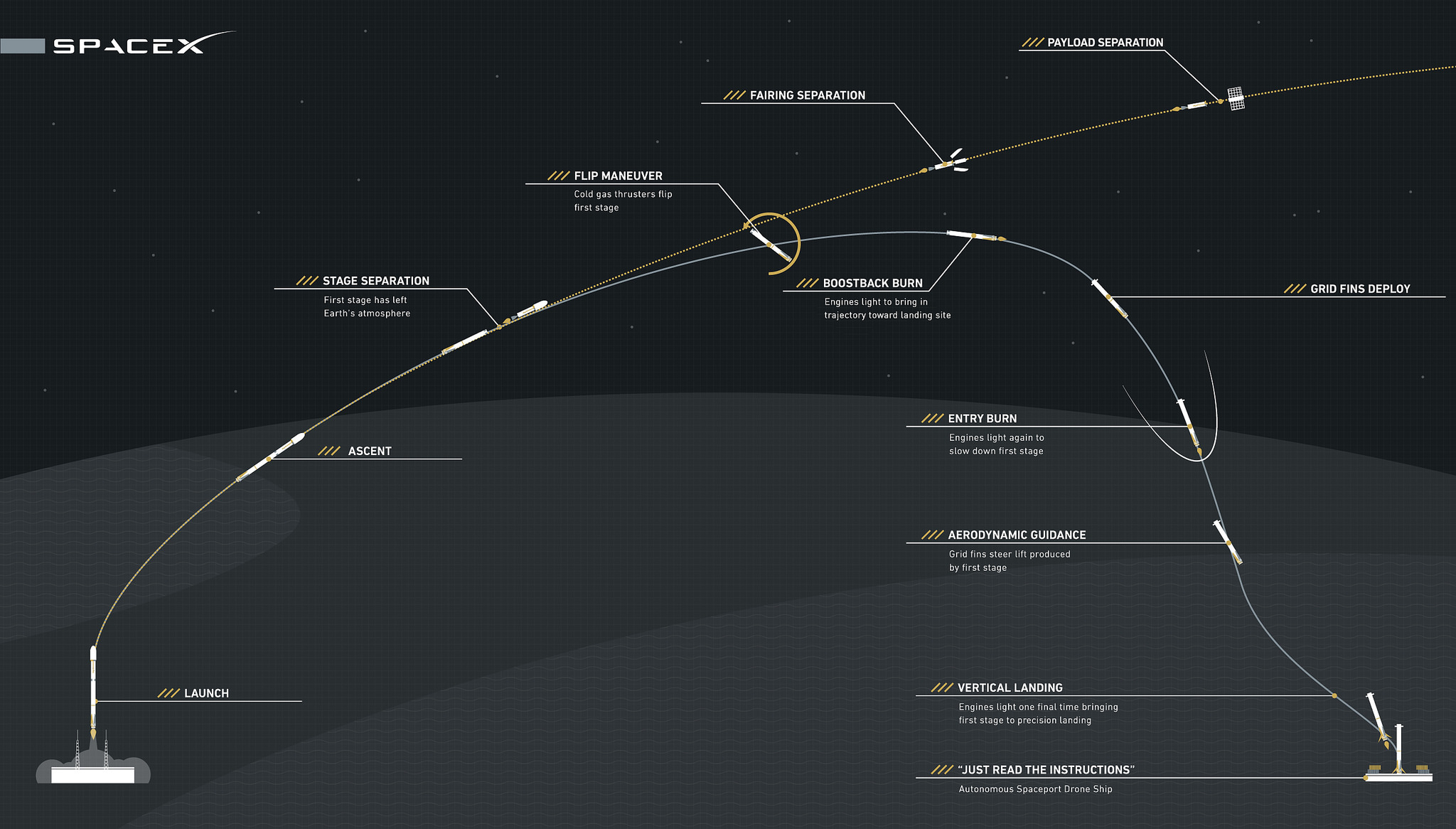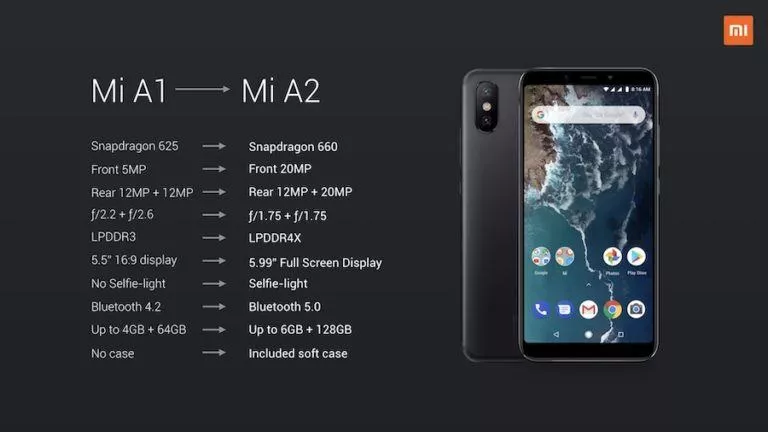NASA Blasts Off Jason-3 Satellite On SpaceX’s Falcon 9

 Short Bytes: Today is the blast off day for NASA’s third member of the Jason satellite family Jason-3 which is an oceanographic satellite being deployed for ocean surface height measurements. The launch event is scheduled on 1:42 EST at Vandenberg’s Space Launch Complex, CA.
Short Bytes: Today is the blast off day for NASA’s third member of the Jason satellite family Jason-3 which is an oceanographic satellite being deployed for ocean surface height measurements. The launch event is scheduled on 1:42 EST at Vandenberg’s Space Launch Complex, CA.
Update: The rocket blasted off from California on Sunday to put NASA’s climate-monitoring satellite into orbit, then turned around and botched the landing on a platform at sea.
After Jason-3 gets detached from Falcon 9 (v1.1), the company founded by Elon Musk will try to make a successful landing on a floating drone ship in the ocean. It is their next attempt after the December 21 Falcon 9 landing, to save their launcher for reuse – “I’m pretty hopeful. We had a really good landing last time, so things are looking good at this point in time.” Said Hans Koenigsmann, VP of Mission Assurance at SpaceX – their numerous attempts to have ‘floating drone ship landings’ are implications of Musk’s desires to substantially lower the costs by reusing the launcher. Musk has plenty of such unique ideas like exploding a nuclear bomb on mars to make it habitable.

Originally scheduled on July 22, 2015, the Jason-3 mission was impeded till August 19 due to a technical issue encountered in one of the thrusters, finally scheduled for January 17, 2016, because of a Falcon 9 failure. This mission is a continual attempt to collect ocean surface height measurements, initiated by the 1992 TOPEX/Poseidon mission which was followed by the 2001 NASA/CNES Jason-1 mission and OSTM/Jason-2 launched in 2008.
Jason-3 is manufactured by Thales Alenia. It is the third member in NASA’s Jason family and will traverse the same path as traversed by its ancestors Jason-1, Jason-2. This will be helpful in inter-calibration and maintaining data continuity to expunge any sort of redundancy that may arise.
It is assigned the job to measure sea level, ocean surface wind speed, and wave heights using the bunch of instruments loaded by the scientists. For measuring the sea level height, the satellite uses a Poseidon 3B Altimeter which calculates the journey time of the beamed microwave pulses subjected to reflect back from the sea surface, thus rendering the sea level height. Wind speed and wave height can also be calculated using the data collect from the returned microwave pulse.
Sea surface height is a window into ocean dynamics. By looking at the wild, wonderful messiness of reality and comparing it to a perfectly flat idealized ocean, scientists can watch how our ocean changes over time. The second-by-second change of individual waves passing is most interesting to surfers, but it’s the longer duration changes over weeks and years that fascinate scientists. By characterizing how the ocean surface changes, researchers can better understand currents and eddies, but also weather events like hurricanes, El Niño, and La Niña.
— Mika Mckinnon writes for Gizmodo
The satellite will be used to measure ocean topography and understand hurricane trends in order to come up with some preventive measures. A notable save was facilitated by TOPEX/Poseidon in 1997 for alarming about the 1997–98 El Niño. Also, it will allow NOAA to come up with an improved warning system for ships regarding probable ‘high ocean waves’, a utilitarian contribution indeed.
Jason-3 is also packed with a high-grade positioning instrument which comprises a GPS system, a laser retroreflector array (LRA), and a Doppler locator (DORIS), empowering it to calculate its radius from the earth up to a centimetre precision of 1-2cm.
The satellite will be operated by the US agencies National Oceanic and Atmospheric Administration (NOAA) and National Aeronautics and Space Administration (NASA), accompanied by the French space agency Centre national d’études spatiales (CNES), and the European Organization for the Exploitation of Meteorological Satellites (EUMETSAT).
This is yet another time, Tesla founder Elon Musk’s company SpaceX is all set for their new mission after all the blasts and the hyperloop they planned in the meantime. The company also provided their Falcon 9 launcher for the world’s first private moon mission. The blast off event can be watched live on Space.com
Also Read: Congress Gives NASA $55 Million To Build A Space Habitat On Mars by 2018
Write your views in the comments section below.
Image Credits: SpaceX
[adinserter block=”12″][adinserter block=”13″]





